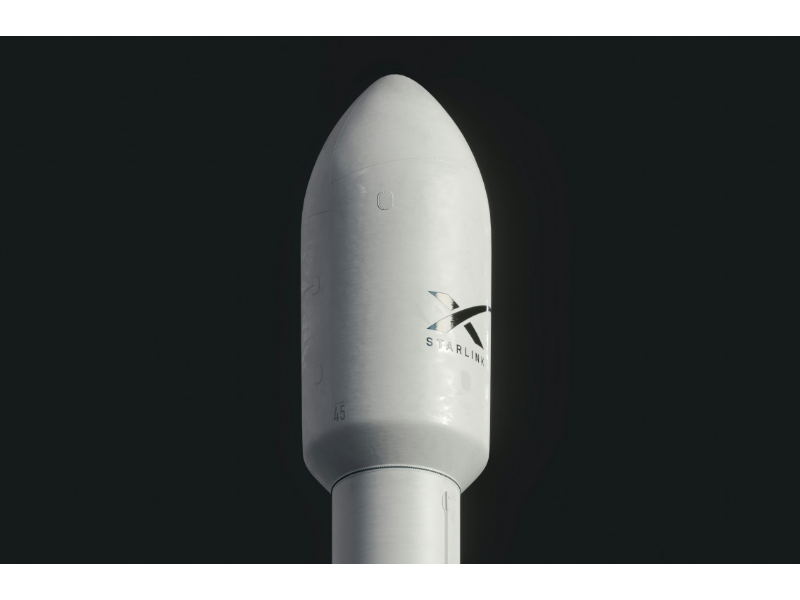- The FAA has granted SpaceX a licence for its next Starship test flight, allowing multiple missions under the Flight 7 profile.
- This marks a significant step toward achieving orbital capabilities with the updated block 2 Starship.
What happened: SpaceX secures FAA licence for testing
The US Federal Aviation Administration (FAA) has issued a licence modification for SpaceX‘s next test flight of the Starship. This authorisation allows the company to conduct multiple missions under the Flight 7 mission profile, granted just weeks after Flight 6, which, despite not successfully catching the Super Heavy booster, achieved other significant objectives. Kelvin B Coleman, the FAA’s associate administrator for Commercial Space Transportation, noted that the agency is streamlining its licensing processes to support the commercial space industry. While SpaceX has not yet announced a specific launch date for Flight 7, the mission will follow a similar pattern to previous tests, involving a launch from Boca Chica, Texas, a booster recovery attempt, and a water landing for Starship in the Indian Ocean. Recent static fire tests have been conducted on both the Super Heavy booster and Starship, laying the groundwork for this upcoming flight.
Also read: SpaceX celebrates 400th Falcon 9 launch with Starlink satellites
Also read: Musk’s SpaceX set for $250B valuation with tender offer
Why it is important
The FAA’s decision to grant this licence is pivotal for SpaceX and the broader space industry, as it reinforces the regulatory framework that supports commercial space exploration. This move signals the FAA’s commitment to facilitating innovation while ensuring safety in space travel, crucial as more companies seek to enter the market. The upcoming Flight 7 will be the first to utilise SpaceX’s block 2 Starship, designed to carry increased propellant and featuring updated flap designs for enhanced performance. These advancements are part of SpaceX’s larger vision to achieve orbital flights and eventually enable missions to Mars.
Moreover, this licence allows SpaceX to iterate on its designs through repeated test flights, which is essential for refining technologies that will make space travel more reliable and efficient. The potential for a January 2025 launch aligns with the increasing global interest in space exploration, driven by both government agencies and private enterprises. As SpaceX continues to push the boundaries of what’s possible, its successes and challenges will have ripple effects across the industry, influencing everything from regulatory policies to technological advancements and international partnerships in space exploration. This story not only highlights SpaceX’s ambitions but also underscores the evolving landscape of commercial space travel, which could soon become more accessible to various sectors, including tourism and scientific research.

